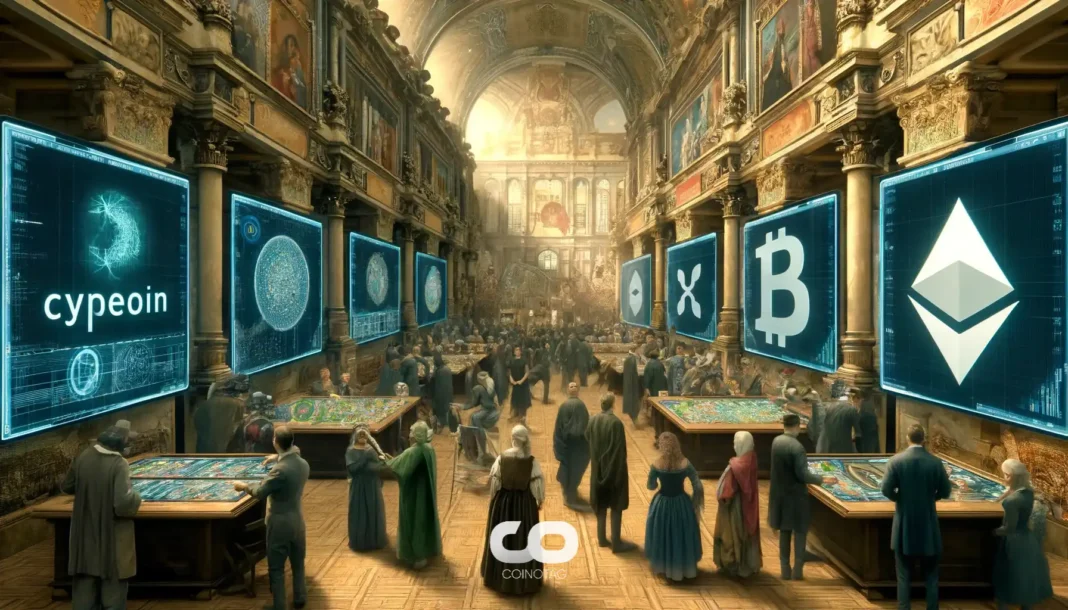-
Recent fluctuations in stablecoin trading have sparked discussions around the future trajectory of Solana (SOL), as traders navigate emerging market conditions.
-
Investor behavior on the Solana network indicates a potential rise in trading volatility, contributing to the scrutiny of Solana’s price movements.
-
Petr Kozyakov, co-founder and CEO of Mercuryo, emphasized the volatility driven by recent trading spikes, stating that these patterns may suggest a more uncertain market for SOL.
Solana (SOL) faces increased volatility amid stablecoin fluctuations and FTX repayment concerns, leading traders to watch key technical patterns closely.
Stablecoin Volatility and Market Reactions for Solana
The cryptocurrency landscape is grappling with notable shifts, particularly surrounding **stablecoins** like Tether’s USDt (USDT). Recently, the Solana network has witnessed over a **137% surge in USDT trading**, following a significant **61% decline** the prior week. This kind of volatility suggests that traders are actively repositioning their investments within the platform. According to insights from Mercuryo, the extreme fluctuations are indicative of an **increased trading activity**, which could have repercussions for Solana’s price trajectory as liquidity dynamics shift.
Technical Analysis Reveals Divergent Price Paths
As traders closely observe Solana’s **Heikin Ashi hourly chart**, a prominent **Converging Triangle** pattern has emerged. The pseudonymous analyst, Trader Tardigrade, remarked that this chart formation presents potential for both bullish and bearish price movements. This uncertainty is compounded by the ongoing effects of the **memecoin frenzy**, which some analysts believe is diverting liquidity away from SOL, thus impacting its market position. Amid these developments, the technical indicators offer a mixed sentiment, highlighting the need for investors to remain cautiously optimistic.
FTX Repayment Impacts and Market Correlation
In addition to trading fluctuations, the upcoming repayments from the defunct FTX exchange could significantly affect Solana’s market dynamics. According to Kozyakov, the structured repayment plan may lead to substantial **selling pressure** on the SOL token. On March 4, **$431 million worth of SOL tokens** were unstaked from FTX and Alameda Research-linked wallets, representing a critical unlocking event. Analysts are particularly focused on the potential impact of these tokens on the market, especially since the **Delaware Bankruptcy Court** has instituted strict regulations regarding the liquidation of assets.
Understanding the FTX Liquidation Framework
The recent court ruling allows FTX to sell digital assets, starting with **weekly limits of $50 million** and escalating to $200 million, contingent upon court approval. This manner of liquidation means that while a substantial amount of SOL has been unlocked, the pace of sales may be moderated to prevent abrupt market destabilizations. The next scheduled repayment is set for **May 30**, contributing to a broader narrative where **98% of creditors** are expected to see their claims repaid at above-market value. The anticipated total recovery may range from **$14.5 billion to $16.3 billion**, offering a glimpse into the scale at which FTX’s repayment strategy could influence market sentiment.
Conclusion
In summary, Solana (SOL) is currently navigating a complex landscape marked by **stablecoin volatility** and the implications of the FTX repayment plan. These factors together present a powerful backdrop against which traders should assess their strategies. With both technical analysis and market fundamentals at play, investors are advised to remain vigilant and adapt their positioning in response to ongoing developments in this fluid environment. The confluence of these elements illustrates that while challenges loom, Solana’s inherent strengths may still present opportunities for growth.





